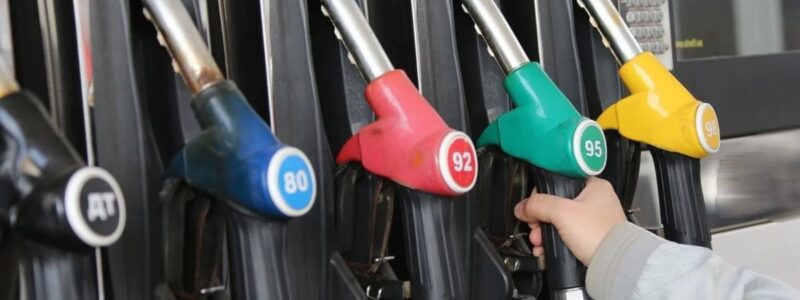
The tangible shortage of fuel at filling stations in certain regions of Ukraine, which formed this week, is associated with the enemy’s destructive strikes over the past three weeks on the fuel infrastructure of Ukraine, but this shortage will be eliminated within a week, said First Deputy Prime Minister – Minister Economics Julia Sviridenko.
“Over the next seven days, the deficit will be eliminated, since the operators have contracted volumes in Western Europe and now we are solving the issue of how to import them to the territory of Ukraine as quickly as possible,” she wrote on her Facebook page on Friday.
Sviridenko noted that this situation will lead to a slight increase in the price of oil products. “This is primarily due to the higher cost of logistics due to complex routes and the use of several modes of transport,” the First Deputy Prime Minister explained.
Speaking about the situation on the market, she pointed out that since the beginning of the war, through the Ministry of Energy and the Ministry of Economy, the government has been cooperating on a daily basis with market operators to provide the population and enterprises with oil products. Decisions were made that significantly reduced the impact on the economy of a sharp rise in the cost of petroleum products on world markets, in particular, the excise tax was canceled and VAT was reduced from 20% to 7%.
At the same time, Russia, as an aggressor country, is trying to stop the Ukrainian economy by creating an artificial shortage of fuel, Sviridenko noted. And the destruction of the Kremenchug oil refinery, which was the main producer of fuel in Ukraine, as well as a number of oil depots of market operators with a significant supply of fuel, led to a temporary shortage, which will be eliminated within a week.
As reported, currently the prices for gasoline and diesel fuel are limited by the government to UAH 34.10/l and UAH 38.7/l, respectively. However, according to the director of the consulting group A-95 Sergey Kuyun, the shortage of fuel determines its real price on the market at 40 hryvnia/l and 45 hryvnia/l, despite the government’s setting of marginal prices.